Archaeological Sites: Paikuli
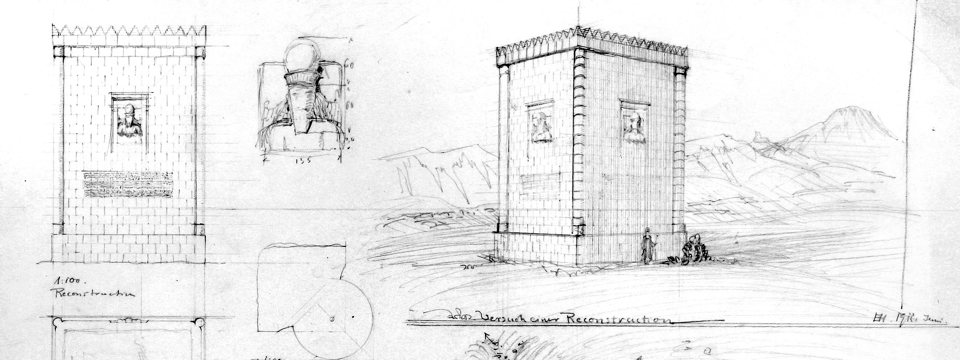
The existence of a large square tower monument at Paikuli, in the eastern border of the Kurdistan region of modern Iraq, was first documented by nineteenth-century travelers. Studies were made by Henry Rawlinson in 1844, followed by Edward Thomas and Carl Friedrich Andreas. By then, the Sasanian Monument was known to have originally served as testimony of the res gestae of Narseh, son of the Sasanian ruler Shapur, celebrating his triumph over Warham III (Bahram III). The inscription was carried out in two scripts, Parthian and Middle Persian of the Pahlavi language. Today the inscriptions are either spread throughout the site or stored at the local Slemani Museum.
Herzfeld visited Paikuli in 1911 and made a first series of squeezes. A second, more labor-intensive campaign followed in the summer of 1913. He began to systematize the scattered blocks from the tower and made a hypothetical reconstruction. Helmut Humbach and Prods Skjarvo would make later reconstructions; more recently an Italian team collaborated with local authorities on further conservation and excavations at the site.
Middle Persian | Parthian | Unidentified
page 1 of 9 »
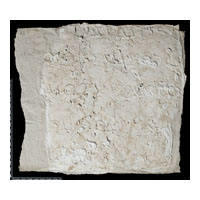
Full Catalog Record
Download PTM/RTI File
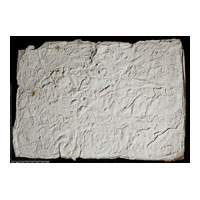
Full Catalog Record
Download PTM/RTI File
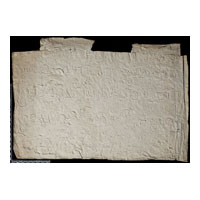
Full Catalog Record
Download PTM/RTI File
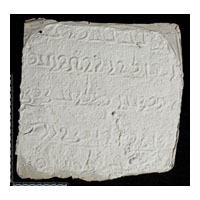
Full Catalog Record
Download PTM/RTI File
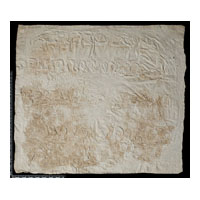
Full Catalog Record
Download PTM/RTI File
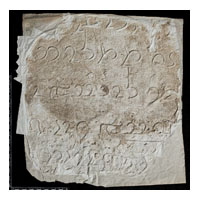
Full Catalog Record
Download PTM/RTI File
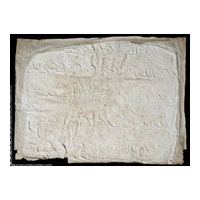
Full Catalog Record
Download PTM/RTI File
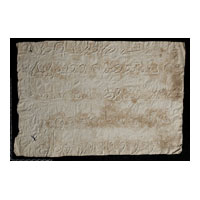
Full Catalog Record
Download PTM/RTI File
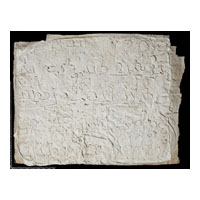
Full Catalog Record
Download PTM/RTI File
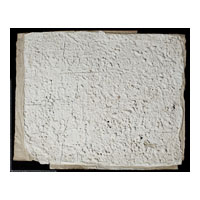
Full Catalog Record
Download PTM/RTI File
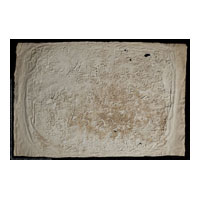
Full Catalog Record
Download PTM/RTI File
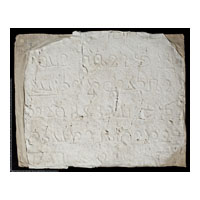
Full Catalog Record
Download PTM/RTI File
page 1 of 9 »
To view a PTM/RTI file, please download the necessary viewing software and then select the "Download PTM/RTI" link below an object. No viewer? PTM Trouble Shooting
Using the Collections
- Archives Home
- Archives Collection Highlights
- Archives Collection Descriptions
- Doing Archives Research
